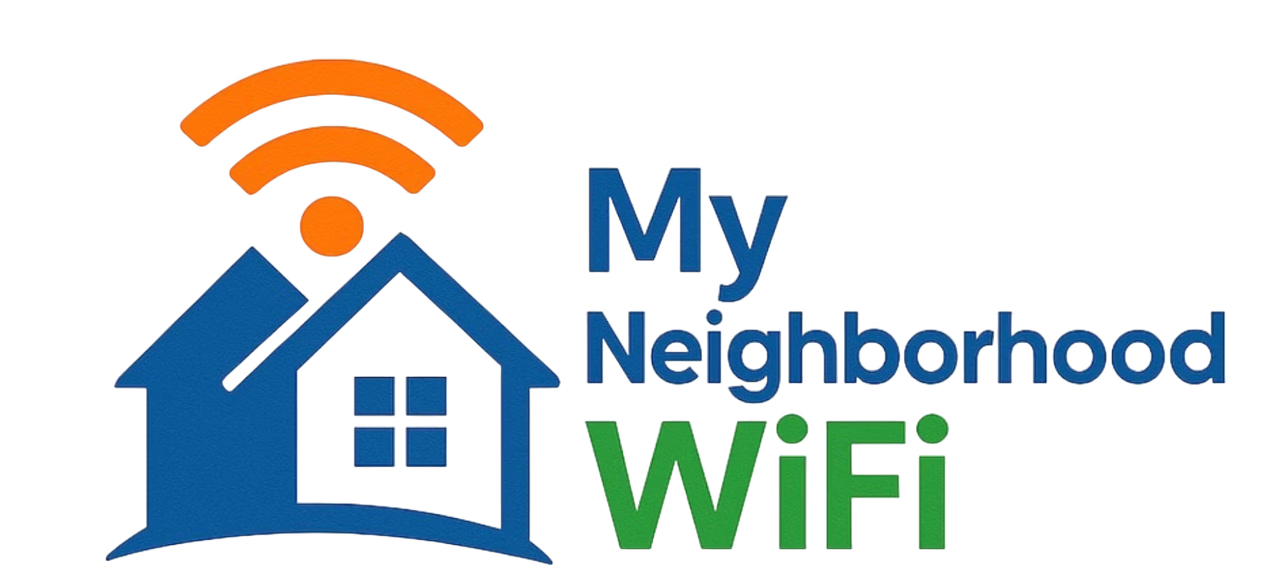
Switching internet providers doesn’t have to be a tech nightmare or a weekend project filled with frustration. In fact, with the right plan and a few insider tips, you can switch internet providers quickly, save money, and enjoy a faster, more reliable connection. Whether you’re fed up with slow speeds, constant buffering, or surprise price hikes, this guide will walk you through every step in a simple, practical way. Let’s get started!
Why People Switch Internet Providers
Customers switch internet providers for all kinds of reasons — some small, others major. Here are the top motivators behind the big move:
- Better pricing: Introductory deals end, and monthly costs climb higher. People switch to get a better long-term deal.
- Improved speed: A different provider may offer better infrastructure, especially if fiber connections are available in your area.
- Reliability issues: Dropped connections, slow uploads, and laggy streaming are all signs it’s time to switch.
- Customer service frustrations: Support that’s hard to reach or unhelpful can drive anyone away.
- New location: Moving to a new home often means evaluating what providers actually service your address.
Check Before You Switch
Before making the jump, take a few minutes to research. Preparation ensures you don’t waste time or money during the transition. Here are the key things to look into:
1. Confirm What’s Available in Your Area
Just because your friend across town gets fiber doesn’t mean it’s available at your place. Each neighborhood can have different infrastructure. The easiest way to check? Hop onto Reddit or local community groups on Facebook to see what your neighbors are using and recommending. Real experiences beat marketing promises.
2. Compare Your Current and Future Plans Side-by-Side
Create a simple table to compare your current plan with others you’re considering. Include monthly price, contract length, early termination fees, and speed.
| Feature | Current Plan | New Plan |
|---|---|---|
| Price (Monthly) | $XX.XX | $XX.XX |
| Download Speed | 100 Mbps | 500 Mbps |
| Upload Speed | 20 Mbps | 50 Mbps |
| Data Cap | 1 TB | Unlimited |
| Contract | 12 Months | No Contract |
3. Account for Hidden Costs
Beyond your monthly bill, there are hidden costs that can affect the total you pay:
- Equipment rental fees (routers, modems)
- Installation fees
- Contract cancellation fees from your old provider
- Activation fees from the new provider
Many people forget about these until they’re hit with the first bill—plan ahead so the switch doesn’t blow your budget.
How to Switch Internet Providers the Smart Way
Step 1: Time It Right
Don’t cancel your old service before the new one is up and running. Overlapping by a week avoids downtime—essential for anyone who works or studies from home.
Step 2: Contact Your Current Provider First
Before signing with a new provider, call your current one. Let them know you’re considering switching. Often, they’ll suddenly “find” promotional rates or speed upgrades that weren’t available before. You can decide whether to stay or move on, but it’s always worth checking first.
Step 3: Schedule Your New Installation
Once you’re ready to commit, set a date and make sure everything’s ready for the technician:
- Clear a workspace where your modem or router will go.
- Make note of current wiring or connection setups.
- If you have smart home devices, know how to reconnect them to the new Wi-Fi.
Step 4: Return Your Equipment Promptly
Don’t risk being charged extra! Return your old router, modem, or any other leased equipment. Keep the receipt or shipping confirmation just in case.
Step 5: Cancel the Old Account After the New One Works
Once your new internet is fully set up and stable, then cancel the old one. Confirm your final bill and ensure the account is officially closed.
Tips to Make the Transition Seamless
Switching internet providers can go smoothly if you prepare. Here are expert-level tips to make it feel effortless:
- Use your own equipment: Buying your own router can save money over time and often improves speed and control.
- Label your equipment: Before the switch, label your cables and devices. You’ll thank yourself later!
- Back up Wi-Fi settings: Write down your Wi-Fi name and password before reconnecting your smart gadgets.
- Run speed tests: After installation, use resources like YouTube to find tutorials on testing and improving your home Wi-Fi.
Common Switching Mistakes to Avoid
- Canceling too soon: Confirm new service first.
- Ignoring contract terms: Check for early termination penalties.
- Keeping old hardware: Always return leased equipment.
- Assuming new equals better: Look for consistent speeds, not just headline numbers.
Finding Reviews That Actually Help
Online reviews can be a goldmine—or a minefield. For authentic, unfiltered opinions, rely on community platforms rather than corporate review sites. Real people share their real experiences on:
These spaces give you insight into reliability, customer service, and installation times in your specific area — things you won’t find in marketing brochures.
Ways to Save Money When Switching Internet Providers
Take Advantage of Promotional Deals
Many new providers offer limited-time promotions — think free installation, no activation fees, or discounted rates for the first year. While these savings can be great, be sure to read the small print so you know when prices will rise.
Bundle Smartly (If You Actually Need It)
Bundling internet with streaming or home phone can cut costs, but only if you’ll use the extras. Avoid bundles that add features you don’t need.
Negotiate Like a Pro
When you call your new provider, don’t be shy about asking for better rates. Mentioning competitor pricing or your loyalty to another provider can help you score a better deal.
Keep Your Network Secure After Switching
New connections mean new security risks. Protect your home network with these easy steps:
- Change default passwords: Replace factory credentials on your router immediately.
- Update firmware: Check for updates to improve performance and security.
- Enable WPA3 encryption: This is the latest and most secure Wi-Fi standard available for most routers.
- Set up guest networks: Keep untrusted devices separate from your main network.
Managing the Switch if You Work from Home
If your internet connection is critical for daily work, careful timing matters even more. Here’s how to minimize downtime:
- Plan the switch during off-work hours or weekends.
- Keep a mobile hotspot ready as a backup connection.
- Download necessary files or projects before installation day.
- Test connectivity right after setup and contact support immediately if issues arise.
Choosing the Right Speed for Your Needs
It’s tempting to chase the biggest numbers, but you might not need a “gigabit” connection for everyday use. Here’s a simple reference:
| Internet Use | Recommended Speed |
|---|---|
| Browsing, email | 10–25 Mbps |
| HD Streaming | 25–50 Mbps |
| 4K Streaming or Gaming | 100–200 Mbps |
| Remote Work / Large Uploads | 200+ Mbps |
| Smart Home with Multiple Devices | 300+ Mbps |
Assess your needs rather than paying for excess bandwidth you’ll never use.
Technical Tips for a Smooth Start
- Update device network settings right after switching.
- Rename your new Wi-Fi network (SSID) to something recognizable.
- Reboot all devices post-installation to establish new connections.
- Place your router in a central, elevated position for better signal coverage.
When to Upgrade Your Equipment
Switching ISPs can reveal if your old equipment is outdated. Older routers may not support high-speed connections or new security features. If your router is more than three years old, consider investing in a modern model—check device reviews and setup videos on YouTube to find great options that suit your space and needs.
Final Thoughts
Switching internet providers doesn’t have to be stressful. By planning wisely, taking advantage of community insights, and timing the change correctly, you can make the process efficient—and even enjoyable. The reward? Faster speeds, smoother streaming, and often, a smaller monthly bill. With a little preparation, you’ll be online, upgraded, and saving money in no time.
Written by admin
Content writer and tech enthusiast sharing insights on internet connectivity.



